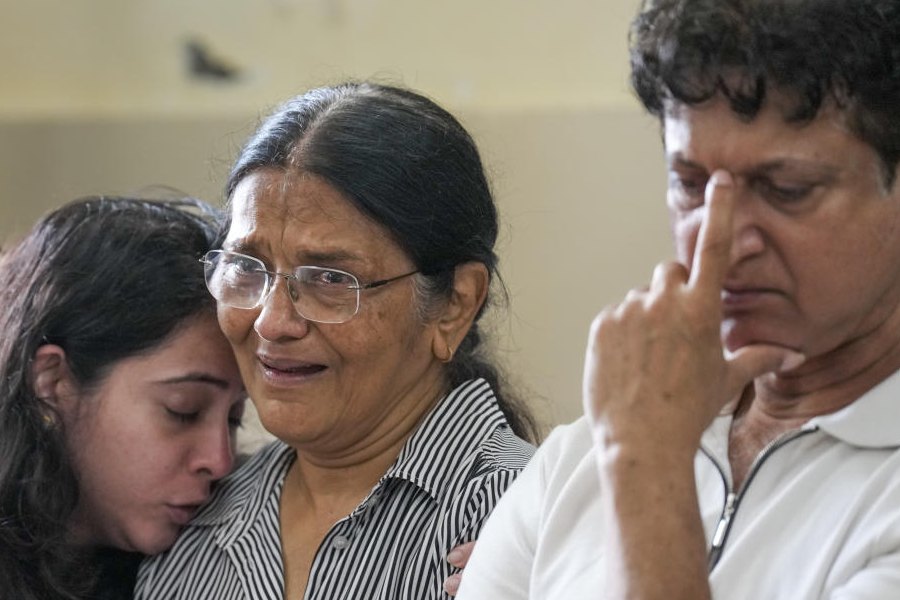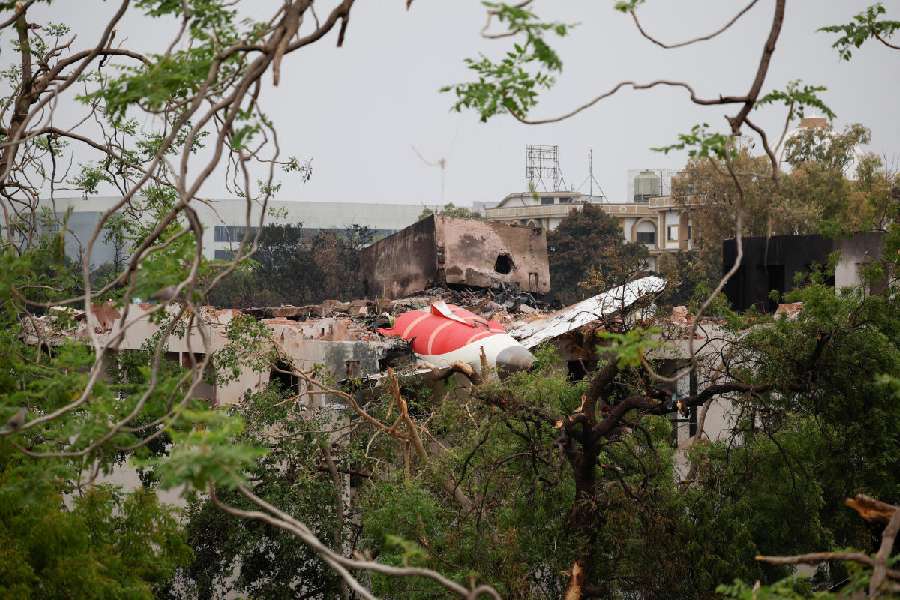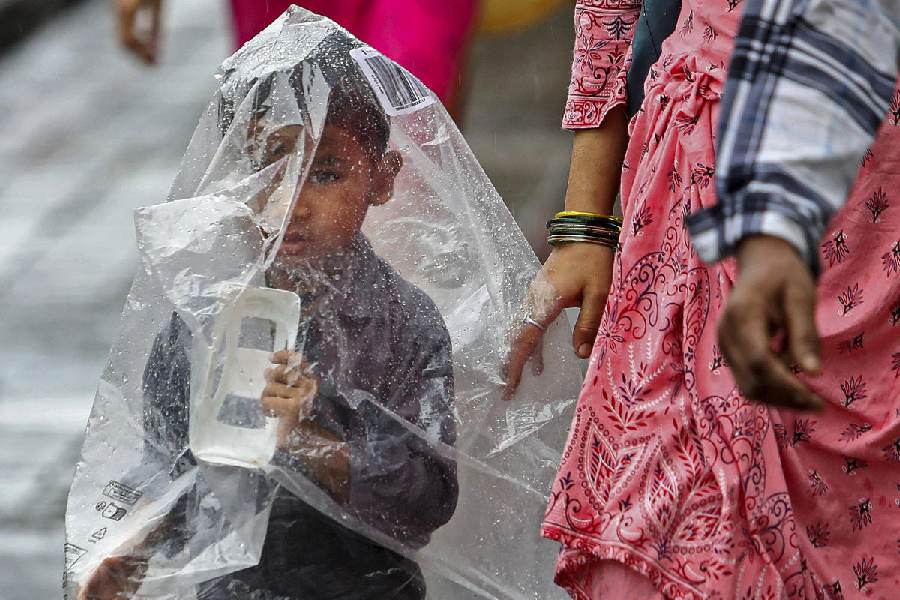Shillong, Dec. 3: With Bangladesh ready to celebrate Id-ul-Azha on the last day of the year, cattle smuggling through the porous border has reached a new high. According to reports, more than two thirds of Bangladesh’s requirement of livestock comes from India either legally or illegally.
To evade arrest, cattle traffickers have now set their sights on Meghalaya-Bangladesh border. The BSF claimed to have seized smuggled cattleheads worth nearly Rs 2 crore between April and November this year.
“According to our estimates, around 1,500 cattleheads are smuggled to Bangladesh every day during festive seasons there,” a senior BSF official said.
Intensified vigil along West Bengal’s border with the neighbouring country has made cattle smugglers shift their focus to other border areas like Dhubri, Mancachar, Haldiagunj. The BSF has 24 river patrolling boats to keep tabs on cattle smugglers in West Bengal.
The customs department seized livestock worth Rs 15,63,075 this year from April to September.
Meghalaya, earlier considered a “non cattle smuggling zone” is now being used by cattle smugglers as a transit route to Cachar. Trucks carrying cattleheads ply on the Guwahati-Shillong highway. There is a thriving cattle market near Khanapara on the outskirts of Guwahati.
“Our attention is being diverted from border guarding to border fencing,” BSF inspector-general (Shillong frontier) Jyotiparkash Sinha said.
Thousands of cows and buffaloes bought from Haryana, Punjab, Uttar Pradesh are transported through the Dhubri river route to the unmanned border at Baghmara in Meghalaya.
Once they cross the border, Bangladesh customs collects Rs 500 in Bangladeshi taka as toll. From there the cattleheads are sent to mechanised slaughter houses in Mynmensing, Sunamgunj, Kudigram and Sylhet. The beef is processed, canned and exported to the West Asia.











